Archiving Queer Fashion: Highlighting 7 Queer Icons Throughout Fashion History
Every Pride Month reminds us of the queer icons of the past who have made it possible for many of us to celebrate our identities openly today. In the fashion world, there is no shortage of queer icons who have not only created some of the most significant fashion pieces and moments in history but have also inspired other designers. Although countless individuals deserve recognition, there are a few queer icons who often get overlooked and don't receive the acknowledgment they deserve. Here are seven individuals worth exploring further, who have been featured on many mood boards for years, having pioneered gender-fluid dressing and confident attitudes before they became mainstream.
**Toto Koopman**
Toto Koopman was a Dutch Javanese model and a spy for the Italian resistance during World War II. She survived being imprisoned at Ravensbrück concentration camp and later helped establish the influential Hanover Gallery in the 1950s. To describe her as multifaceted would be an understatement. Koopman was openly bisexual during a time when it was far from common, spending much of her life with her partner, art dealer Erica Brausen. Her unique poise and thin eyebrows led her to become a house model for Chanel, and she made history by becoming Vogue's first openly bisexual cover star in September 1933.
**Gladys Bentley**
Gladys Bentley left her home in Philadelphia at 16 to chase an entertainment career in New York City, quickly signing with a Broadway agent. Under the stage name Bobbie Minton, she became a well-known blues singer during the Harlem Renaissance, recognized for her performances and costumes that challenged conventional gender norms. Her signature ensemble included a black-and-white tuxedo topped with a top hat. Bentley's performances unabashedly embraced sexuality, which was considered scandalous at the time, causing her to be sidelined from mainstream coverage and historical records. Nevertheless, she made significant strides in establishing a Black female masculinity that continues to inspire designers today.
**Stormé DeLarverie**
Stormé DeLarverie is a pivotal figure in discussions around the Stonewall uprising, with many believing she threw the first punch. A lifelong activist for gay rights, DeLarverie also performed at iconic venues like the Apollo Theater and Radio City Music Hall, and worked as a bouncer and bodyguard in LGBTQ spaces in New York. Known as "the guardian of lesbians in the Village," she expressed a desire to simply be known as "me" in a documentary about her life. Her pronouns were whatever made others comfortable. After her passing in 2014, a friend noted her rumored involvement in the riots, emphasizing her pivotal role in the movement. DeLarverie often wore zoot suits and black-tie attire during her drag performances, paving the way for the gender-fluid looks that have become prevalent in fashion today.
**Willi Smith**
Willi Smith's contributions to the fashion world often go unrecognized. His label, WilliWear, was the first to create both womenswear and menswear under a single brand. As an openly gay designer, he believed in making clothing accessible to everyone, with his designs being worn by both the affluent and the working class. He was also instrumental in popularizing streetwear at a time when it was not typically associated with high fashion. Smith drew inspiration from the actual clothing people wore in their everyday lives, and his creations were intended to allow freedom of movement; they were designed to be danced in.
**Leslie Cheung**
Leslie Cheung's portrayal of a troubled playboy in Wong Kar-wai's Happy Together, premiered at the Cannes Film Festival in 1997 and is now celebrated as one of the greatest LGBTQ films ever. Following the film's release, Cheung came out as gay and included a spirited reinterpretation of the film's famous tango scene during his 1997 Red tour. Though he was not fully recognized during his lifetime, he has since become an influential figure for queer Asian designers. Charismatic, flamboyant, and unapologetically himself, Cheung defied traditional norms and inspired many others in the process.
**Pepper LaBeija**
Known as "the last remaining queen of the Harlem drag balls," Pepper LaBeija was a drag performer and fashion designer from the Bronx, revered as the mother of the ballroom scene until her passing in 2003. She joined the New York ballroom community in the late 1960s and led the House of LaBeija, the first ballroom house to hold fundraising events to raise awareness about the HIV/AIDS epidemic. Her performances often drew inspiration from Egyptian themes and featured elaborate, flowing pants of her own design. LaBeija advocated for gay men in the ballroom scene who frequently faced estrangement from their families, creating a supportive community in her house.
**Marsha P. Johnson**
Marsha P. Johnson, a self-identified drag queen and gay rights activist, famously declared that the "P" in her name stood for "pay
Other articles
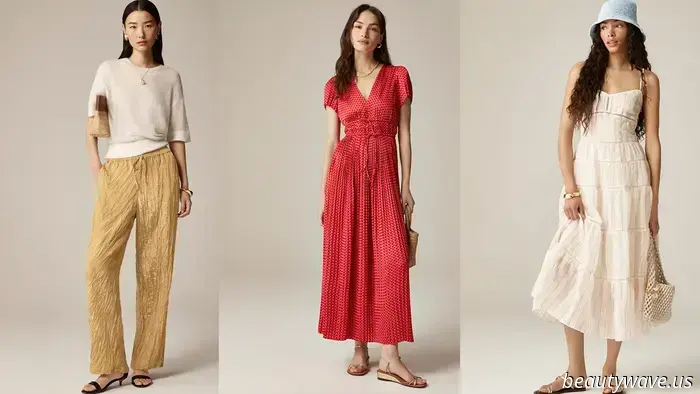 This is your final opportunity to enjoy an additional 70% discount on J.Crew's major Summer Sale — these 28 items are expected to sell out quickly.
This is your final opportunity to take advantage of J.Crew's Big Summer Sale. Enjoy an additional 70% off the most stylish sale items. Discover a range of products, from effortless dresses to beautiful accessories.
This is your final opportunity to enjoy an additional 70% discount on J.Crew's major Summer Sale — these 28 items are expected to sell out quickly.
This is your final opportunity to take advantage of J.Crew's Big Summer Sale. Enjoy an additional 70% off the most stylish sale items. Discover a range of products, from effortless dresses to beautiful accessories.
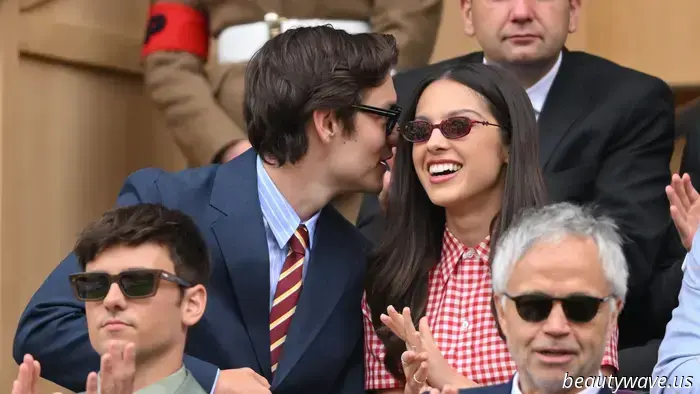 Olivia Rodrigo's ensemble at Wimbledon is reminiscent of the summer uniform.
Check out her appearance for the tennis championship here.
Olivia Rodrigo's ensemble at Wimbledon is reminiscent of the summer uniform.
Check out her appearance for the tennis championship here.
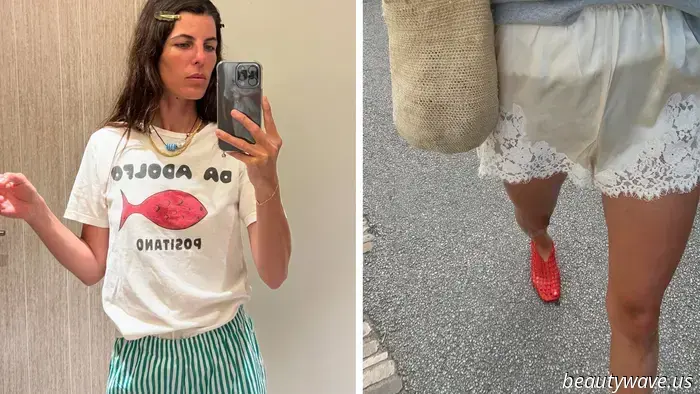 I Just Put Together 5 Stylish Summer Outfits from Amazon for Less Than $190.
Stylish appearances for a lower price.
I Just Put Together 5 Stylish Summer Outfits from Amazon for Less Than $190.
Stylish appearances for a lower price.
.png) The Dress Detail That’s Subtly Gaining Popularity in London Right Now (and Yes, It’s Functional)
Style, structure, and purpose.
The Dress Detail That’s Subtly Gaining Popularity in London Right Now (and Yes, It’s Functional)
Style, structure, and purpose.
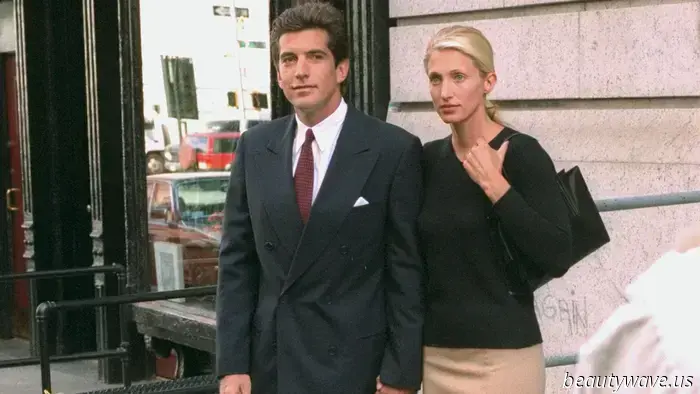 We're going to be straightforward—these are the designers that should have dressed CBK on screen.
If a biopic about Carolyn Bessette-Kennedy is ever produced, these are the contemporary minimalist brands we would like to see dressing her wardrobe—from The Row to Toteme and Phoebe Philo.
We're going to be straightforward—these are the designers that should have dressed CBK on screen.
If a biopic about Carolyn Bessette-Kennedy is ever produced, these are the contemporary minimalist brands we would like to see dressing her wardrobe—from The Row to Toteme and Phoebe Philo.
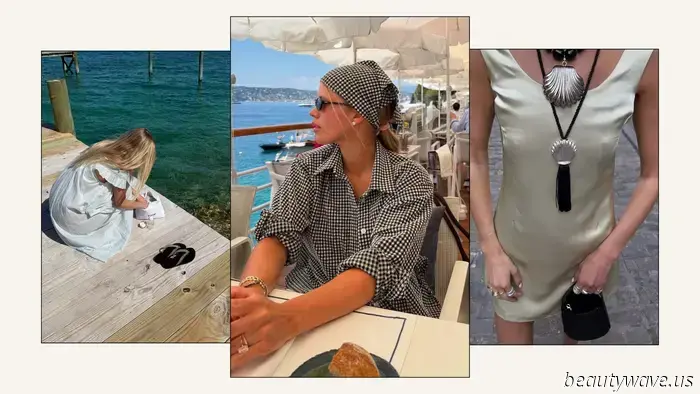 Style insiders are aware that these six summer accessory trends can elevate simple outfits to a more elegant level.
Let's get the joy started!
Style insiders are aware that these six summer accessory trends can elevate simple outfits to a more elegant level.
Let's get the joy started!
Archiving Queer Fashion: Highlighting 7 Queer Icons Throughout Fashion History
The fashion icons who laid the groundwork for others.
